Last updated on
Discover the simple steps to construct your own stylish and comfortable sectional couch in this easy-to-follow guide.
A sectional couch is an excellent addition to any living room, providing ample seating for family and friends while also adding a touch of style to your home decor. But did you know that building your own sectional couch can be a fun and rewarding DIY project? Not only will it save you money, but it also allows you to customize the design to fit your specific needs and preferences.
In this article, we’ll walk you through the process of how to build a sectional couch from scratch, including everything from choosing the right materials to assembling the final product. So grab your tools and let’s get started!
Table of Contents
Selecting the Couch Style

There are several styles to choose from, including L-shaped, U-shaped, curved or modular designs. Each style has its unique features and benefits.
L-Shaped Sectional Couch: This design is perfect for smaller living rooms as it can fit snugly into corners while still providing ample seating space.
U-Shaped Sectional Couch: If you have a larger living room or frequently entertain guests, then this design may be ideal for you. It provides plenty of seating space and creates an intimate atmosphere where everyone can face each other comfortably.
Curved Sectional Couch: A curved sectional couch adds elegance to any room with its smooth lines and soft curves. It’s perfect if you want to create a cozy conversation area in your home.
Modular Sectional Couch: This type of sectional allows you to customize the shape according to your preference by adding or removing sections as needed. You can also rearrange them easily whenever necessary without having to disassemble the entire piece.
Choosing the Right Materials

You want to select high-quality materials that will not only look great but also stand up to everyday wear and tear. Start by selecting a sturdy frame material such as hardwood or plywood for durability and stability.
For the cushions, consider using high-density foam for comfort and longevity.
Next, choose an upholstery fabric that complements your home decor while also being durable enough to withstand regular use. Leather is always a classic choice due to its durability and timeless appeal, but if you prefer something softer or more colorful, consider microfiber or cotton blends.
Don’t forget about additional supplies like screws, nails or staples needed for assembly of your sectional couch project.
Picking the Ideal Size
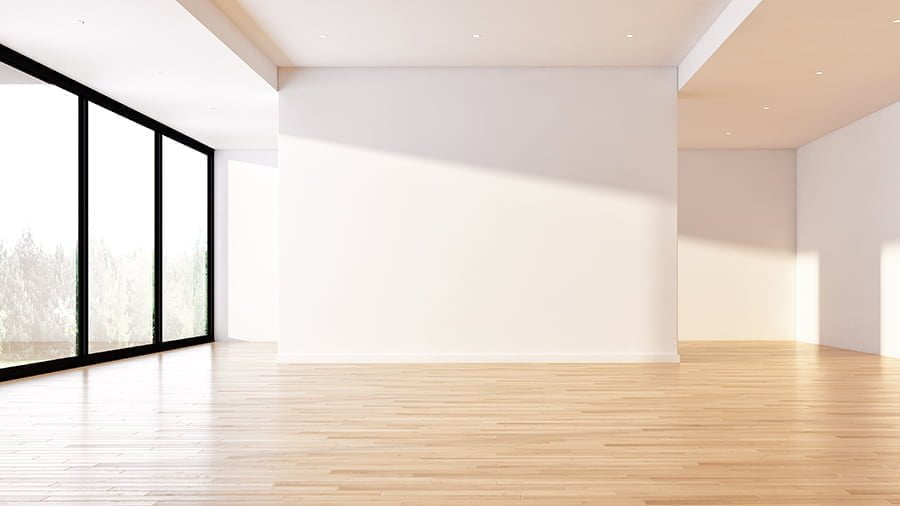
First and foremost, think about the size of your living room and how much space you have available. You don’t want to end up with a couch that’s too big or too small for your room.
Next, consider how many people will be using the sectional on a regular basis. If you frequently entertain guests or have a large family, then opting for an oversized sectional may be more practical than choosing something smaller.
Another factor to keep in mind is whether or not you plan on using additional furniture pieces alongside your new sectional sofa. For example, if you’re planning on adding an accent chair or coffee table into the mix, make sure that everything fits together comfortably without feeling cramped.
Tools and Equipment Needed
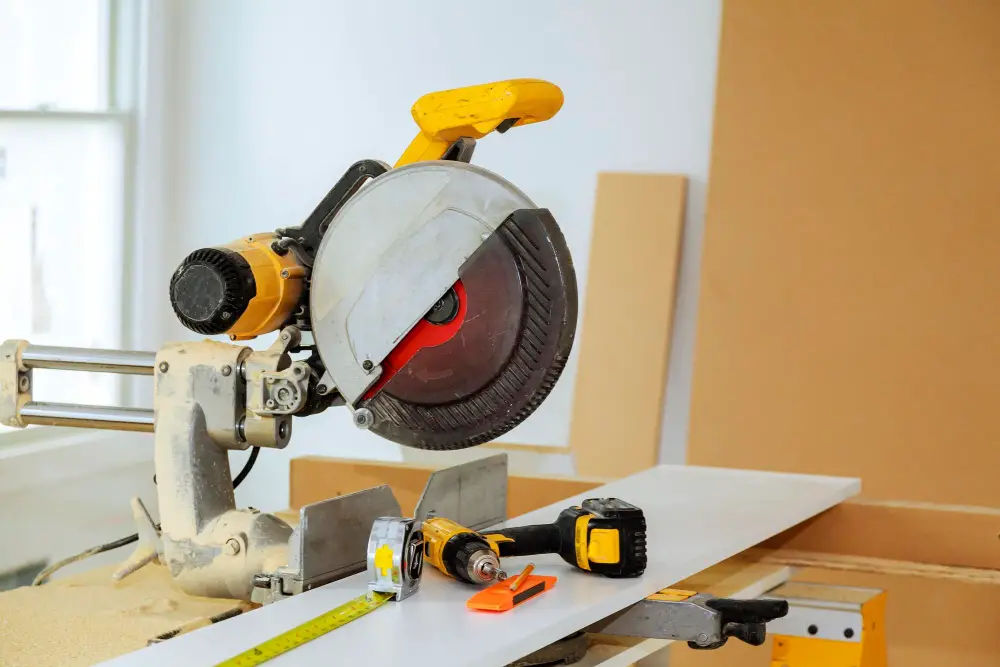
Some of the essential items include a measuring tape, saws (circular or jigsaw), drill with bits, screwdrivers (Phillips and flathead), staple gun with staples, scissors or utility knife for cutting fabric and foam cushions. You may also require pliers to remove old staples from furniture pieces that are being repurposed.
It’s important to have all the necessary tools before starting your project so that you don’t have to stop midway through construction because of missing equipment. If you’re unsure about which specific tools are required for building your sectional couch design, consult online tutorials or seek advice from professionals in this field.
Measuring and Planning

This step is crucial in ensuring that the final product fits perfectly in your living room and meets all of your needs. Begin by measuring the space where you want to place the couch, taking into account any obstacles such as doors or windows.
Next, decide on the size of each section based on how many people will be using it at once and how much space you have available.
Once you have determined these measurements, create a detailed plan for each section of the couch. Draw out a rough sketch with dimensions included so that you can visualize what each piece will look like before beginning construction.
It’s also important to consider any customization options during this planning phase. For example, if one member of your family is taller than average or has specific comfort requirements due to back pain or other issues – make sure their needs are taken into account when designing their seat cushion height/depth etc.
Frame Construction
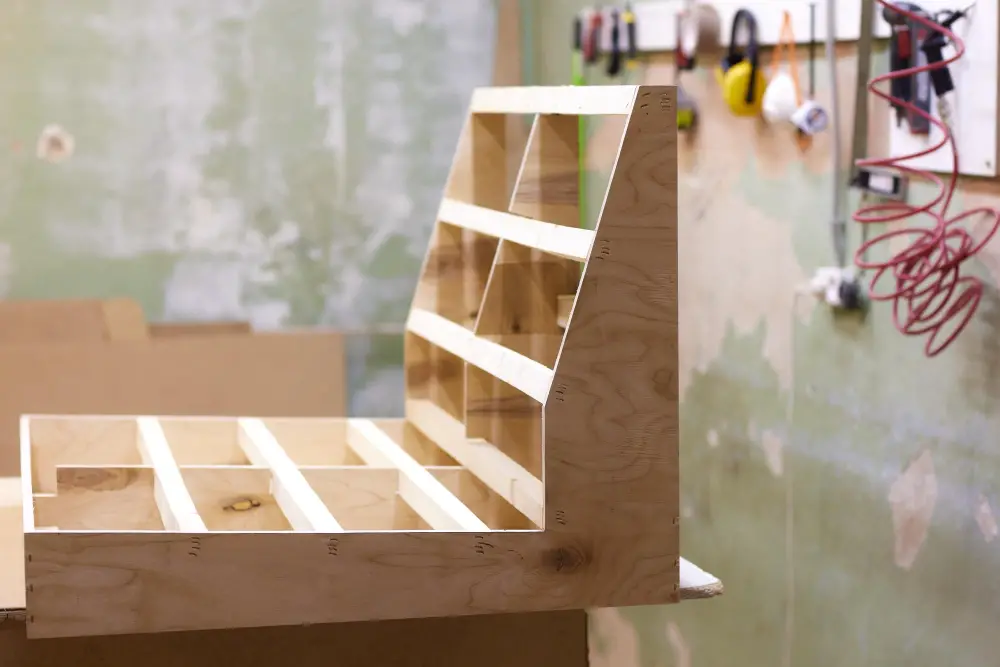
The frame is essentially the skeleton of your couch, providing support for all other components. To begin with, gather all necessary tools and materials such as wood planks or plywood sheets, screws or nails depending on what you prefer to use.
The first step in constructing a sturdy sectional couch is creating a solid base that will serve as its foundation. This can be done by cutting out pieces of wood according to your measurements and joining them together using screws or nails.
Next up is building the backrests which should be attached securely onto each side piece before moving on to create armrests if desired. Once these are complete attach them onto their respective sides using screws/nails again ensuring they are secure enough not only for sitting but also any movement that may occur during usage.
Upholstery and Fabric Selection

This is where you can really let your creativity shine! The right fabric can make or break a piece of furniture, so it’s important to choose wisely. Consider factors such as durability, comfort, and style when making your selection.
When choosing upholstery for a sectional couch, consider fabrics that are durable enough to withstand daily use. Leather is an excellent choice for those who want something long-lasting and easy-to-clean; however, it may not be suitable if you have pets or young children in the house.
Microfiber is another popular option due to its softness and stain-resistant properties.
In terms of style options for upholstery fabrics on sectionals – there are endless possibilities! From bold prints that make a statement in any room setting like floral patterns or geometric shapes; neutral colors like beige which provide versatility with other decor elements while still adding interest through texture variations such as chenille vs velvet textures etc.; even leather-like materials which offer both durability & sophistication all at once!
Cushion Construction
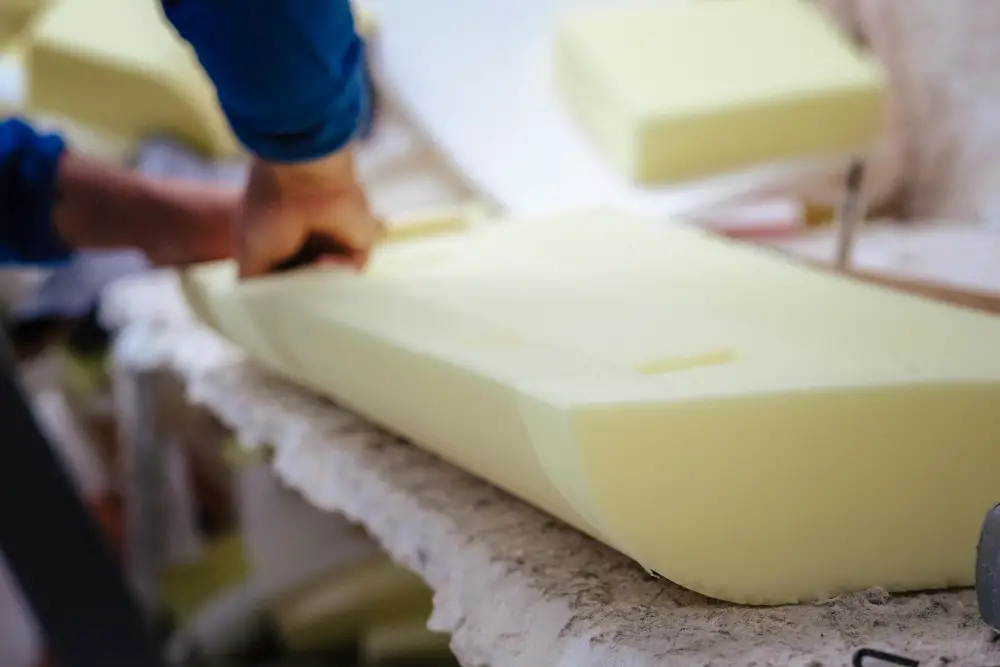
The cushions are an essential part of any couch, providing comfort and support for those who sit on them. When building a sectional couch, you’ll need to create custom cushions that fit each section perfectly.
To begin with cushion construction, measure the length and width of each section where a cushion will be placed. Then cut foam padding or batting material according to these measurements using sharp scissors or a utility knife.
Next up is selecting fabric for covering the foam padding/batting material; choose high-quality fabric that complements your overall design scheme while also being durable enough for everyday use.
Cut out two pieces of fabric per cushion – one piece should match the size of your foam pad/batting material plus 1 inch extra around all sides (for seam allowance), while another piece should be slightly larger than this first piece so it can wrap around both sides when sewn together later on.
Place one layer of batting/foam onto one side of smaller-sized cut-out fabrics then fold over excess edges before sewing them together along three edges leaving only one open edge unsewn. Inserting stuffing into this cover through its open end until desired thickness is achieved then close off by stitching remaining opening shut tightly with needle & thread or sewing machine if available.
Assembling the Couch Sections
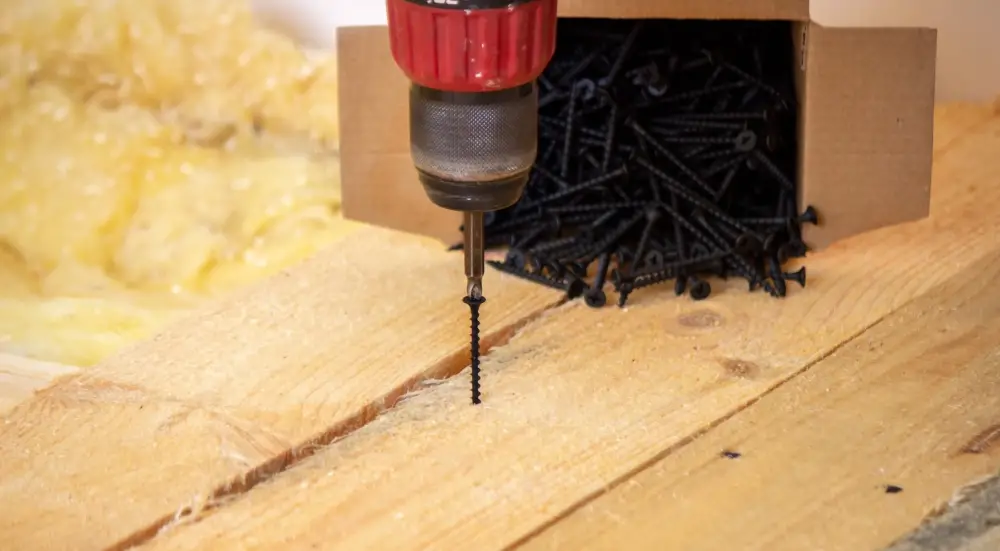
This step is crucial as it determines how well your couch will fit together and function as a whole. Begin by laying out all of the pieces in their proper positions according to your plan or blueprint.
Next, attach each section using screws or bolts that are appropriate for the materials used in construction. Make sure that each joint is secure and tight so that there are no wobbles or gaps between sections.
If you’re having trouble aligning certain parts, try using clamps to hold them together while you work on other areas. It’s also important to double-check measurements at this stage since any errors can cause problems later on when trying to join different pieces.
Once all sections have been assembled correctly, test out how they fit together before moving onto attaching upholstery and adding legs/supports.
Installing Seat Cushions

This is an essential step in ensuring that your couch is comfortable and functional. First, measure the length and width of each seating area to determine how many cushions you will need for each section.
Next, choose a high-quality foam material that provides adequate support while also being soft enough for comfort.
Cut out foam pieces according to measurements taken earlier using a sharp knife or electric saw if necessary. Then cover them with batting before attaching fabric covers over them securely with staples or glue gun depending on preference.
Place the cushion onto its designated spot on top of upholstered base sections making sure they fit snugly into their respective spaces without any gaps between them so as not to compromise comfort levels when sitting down.
Attaching the Upholstery
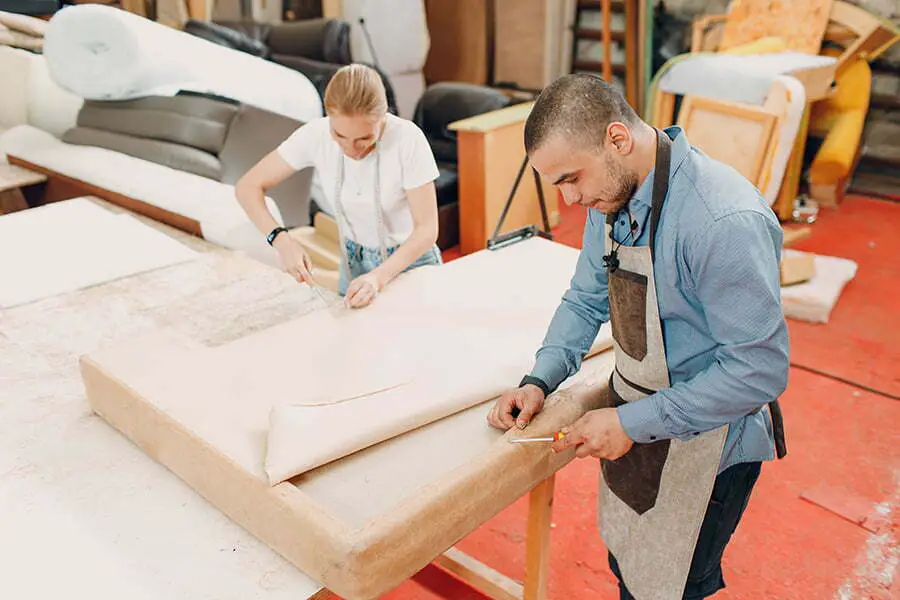
This is where your sectional couch will really start to take shape! Begin by laying out your chosen fabric on a flat surface and cutting it into sections that correspond with each part of your couch. Make sure to leave enough excess material for tucking and stapling.
Next, carefully drape each section over its corresponding piece of furniture, smoothing out any wrinkles or creases as you go along. Use a staple gun to secure the fabric in place along all edges, making sure not to pull too tightly so as not to distort its shape.
For corners or curves that require more precision work, use small cuts in the fabric around these areas before stapling them down securely.
Creating the Sectional Pieces
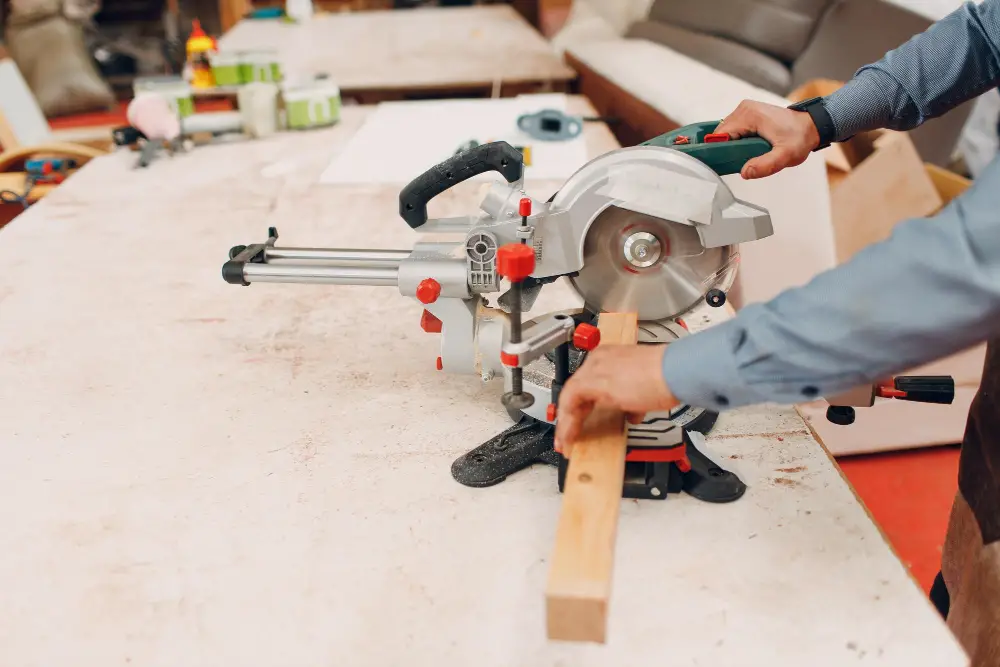
This step involves cutting and joining individual sections of your couch together to form a cohesive unit. To do this, measure out each section carefully and use a saw or other cutting tool to shape them as needed.
When creating sectional pieces, it’s important to ensure that they fit together seamlessly so that there are no gaps or uneven edges. You can achieve this by using clamps or other tools designed for holding sections in place while you work on them.
Once all of your sectional pieces are cut and shaped correctly, join them together using screws or brackets designed for furniture construction. Be sure to follow manufacturer instructions closely when attaching these components so that everything is secure.
Joining Sectional Pieces
This step is crucial in ensuring that your couch is sturdy and secure. The most common method for joining sectional pieces is by using metal brackets or connectors that attach to the bottom of each section.
These brackets are designed to fit snugly into one another, creating a seamless connection between each piece.
To begin, place two sections next to each other with their edges touching and use a drill or screwdriver to attach the bracket onto both sides of the joint where they meet. Make sure that you align them correctly before drilling any holes so as not to damage any part of your furniture.
Next, insert screws through pre-drilled holes on either side until they reach their corresponding hole on opposite ends then tighten firmly but do not over-tighten as this may cause damage or cracking in some materials like wood.
Repeat this process for all remaining joints until all pieces are securely connected together forming one large unit.
Adding Legs and Supports
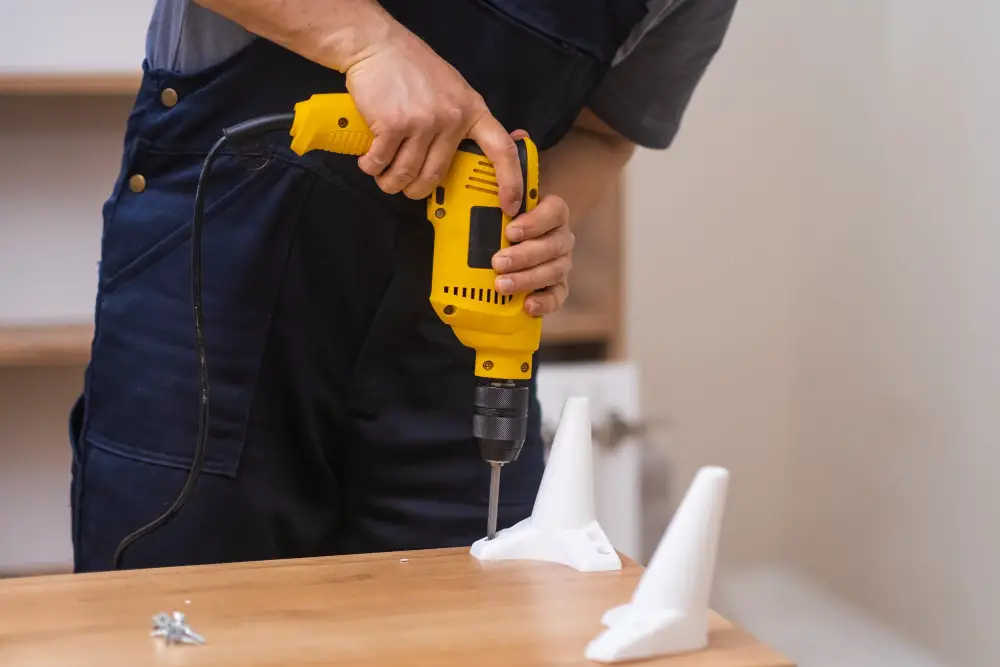
This step is crucial as it ensures that your couch is stable, sturdy, and comfortable for sitting. Adding legs also elevates the furniture from the floor level which makes cleaning underneath easier.
To begin with this process, determine where you want to place each leg on each section of your sofa. You can use a measuring tape or ruler to ensure that they are evenly spaced apart.
Next up is attaching brackets or mounting plates onto each section where you plan on adding legs. These brackets will serve as an anchor point for screws used in securing the leg into position.
When selecting legs for your sectional couch consider their height carefully; too high may make seating uncomfortable while too low may not provide enough clearance space under them when vacuuming or sweeping around them. Finally attach all four (or more) feet securely using screws provided by manufacturer instructions ensuring they are tight but not over-tightened so as not to damage any part of frame construction during installation process.
Customization Options
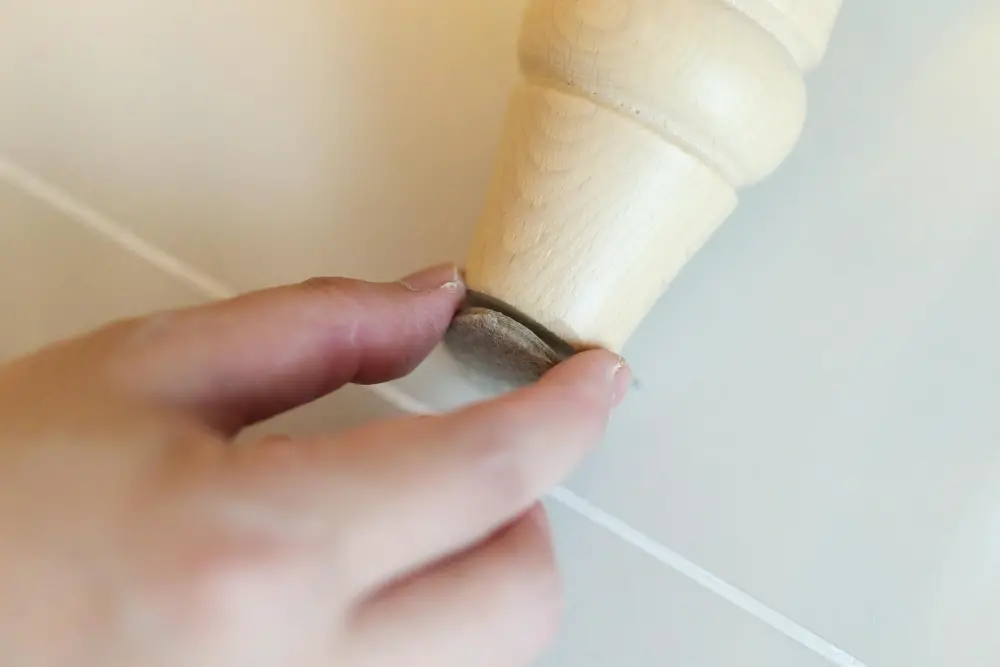
One of the great things about building your own furniture is that you have complete control over every aspect of its design. Here are some ideas for customizing your sectional couch:
1. Add storage: If space is at a premium in your home, consider adding hidden storage compartments to your sectional couch.
2. Change up the legs: Swap out standard wooden legs for something more unique like metal or acrylic.
3. Mix and match fabrics: Use different fabrics on each section of the sofa to create a one-of-a-kind look.
4. Incorporate lighting: Install LED lights under each section for an added touch of ambiance and functionality.
5. Create modular pieces: Build individual sections that can be rearranged into different configurations depending on how much seating you need at any given time.
Accessorizing Your Sectional
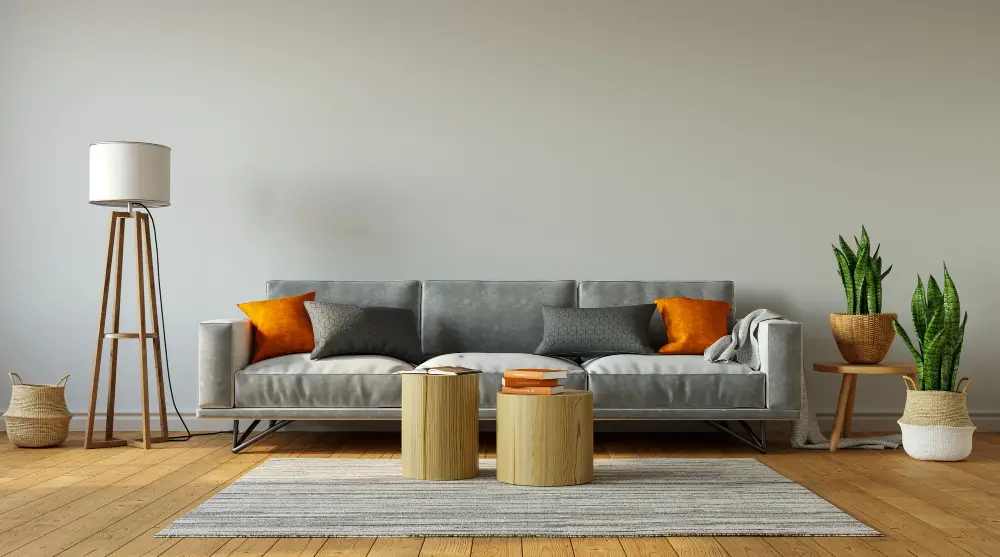
Accessorizing your sectional is a fun and creative way to personalize the look of your living room while also adding functionality. Start by choosing accent pillows that complement the color scheme of your upholstery and add texture or pattern for visual interest.
You can also incorporate throws or blankets in coordinating colors for added warmth and coziness.
Another great way to accessorize is with a stylish area rug placed under the couch, which not only adds an extra layer of comfort but also helps define the space in an open-concept room. Consider adding side tables or floor lamps on either end of the sectional for convenience when reading, working on a laptop, or enjoying snacks during movie night.
Don’t forget about wall art! A large piece above the sofa can tie together all elements in one cohesive design statement while smaller pieces hung around will create balance throughout space.
Cleaning and Maintenance Tips
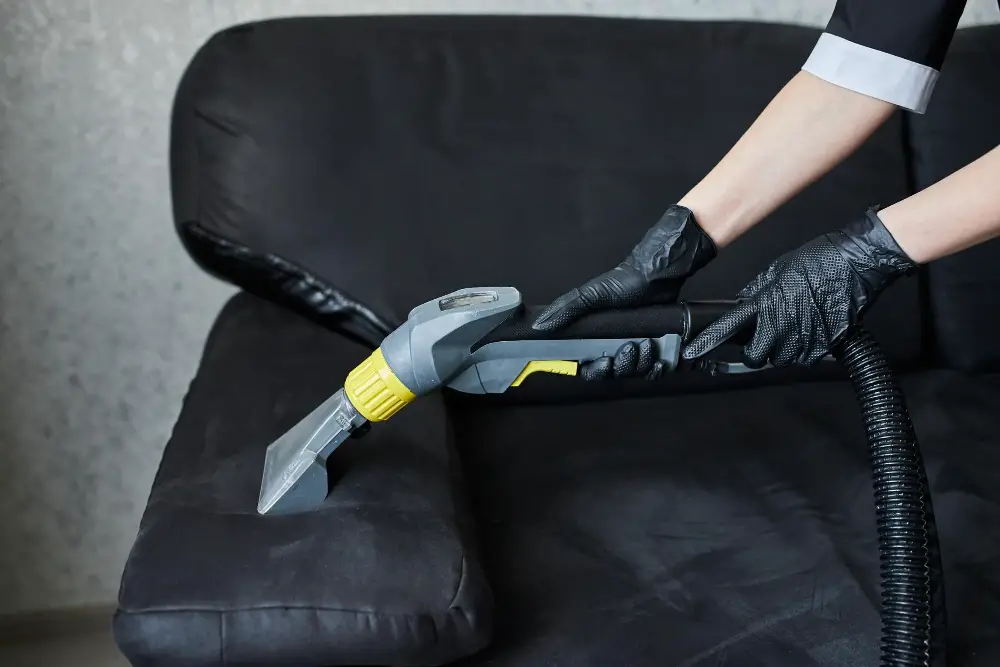
Here are some tips for cleaning and maintaining your DIY sectional couch:
1. Vacuum regularly: Use a handheld vacuum or an upholstery attachment on your regular vacuum cleaner to remove dust, dirt, and debris from the surface of the couch.
2. Spot clean spills immediately: If you spill something on the fabric or cushions of your sectional, blot it up with a clean cloth as soon as possible before it has a chance to set in.
3. Rotate cushions frequently: To prevent uneven wear and tear on the cushions of your sofa, rotate them every few months so that they get used evenly.
4. Protect against sun damage: Direct sunlight can cause fading or discoloration over time; protect against this by keeping curtains closed during peak sunlight hours or using UV-resistant window film.
5. Follow manufacturer instructions for cleaning products: Different fabrics require different types of cleaners; always follow manufacturer instructions when selecting cleaning products for use on your sectional couch.
Troubleshooting Common Issues

Here are some common issues you may encounter during the process and how to troubleshoot them:
1. Uneven Cushions: If your cushions appear lumpy or uneven, try removing them from the couch and fluffing them up by hand.
You can also add extra stuffing to any areas that seem flat.
2. Sagging Seats: Over time, seat cushions may start to sag in the middle due to regular use.
To fix this issue, consider adding additional support underneath each cushion using plywood or foam padding.
3. Loose Upholstery: If your upholstery starts coming loose at the seams or edges of your sectional pieces after frequent use, try re-stapling it back into place using a staple gun.
4. Wobbly Legs: A wobbly leg on one side of your sectional can cause an imbalance in weight distribution across all sections leading to instability when sitting down on it; tighten screws holding legs firmly onto their respective bases for stability purposes.
Safety Precautions

Here are some essential safety precautions to follow when constructing your sectional couch:
- Wear protective gear such as gloves, goggles, and earplugs.
- Use tools properly and carefully.
- Keep children away from the construction area.
- Follow manufacturer instructions for all materials used in construction.
- Avoid using flammable materials or chemicals that could cause harm.
By following these simple guidelines, you can ensure that your DIY project is not only enjoyable but also safe for everyone involved!
FAQ
What holds a sectional couch together?
A Couch Clamp holds a sectional couch together.
Can I turn my couch into a sectional?
Yes, you can turn your couch into a sectional by using a one-armed or armless sofa and love seat, creating a matching sectional grouping, and placing an ottoman at one end for a U-shaped seating cluster.
Do sectional couches hook together?
Yes, sectional couches generally come with connecting devices that allow them to be hooked together and reconfigured according to one’s needs.
How do you split a room into a sectional?
To split a room into a sectional, place the sectional sofa in the center, using its long side as a divider to separate living spaces, creating two areas within one room.
What materials and tools are essential for creating a DIY sectional couch?
Essential materials and tools for creating a DIY sectional couch include plywood, high-density foam, fabric, wood screws, a saw, a drill, a staple gun, and a sewing machine.
What are the key measurements to consider when designing a custom sectional couch for a specific room layout?
The key measurements to consider when designing a custom sectional couch for a specific room layout are room dimensions, layout shape, total length, seat depth, and seat height.
Is it possible to adjust pre-existing couches to create a modular system for more flexibility?
Yes, it is possible to adjust pre-existing couches to create a modular system for more flexibility.





